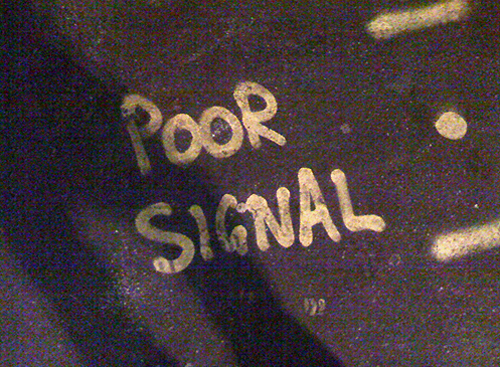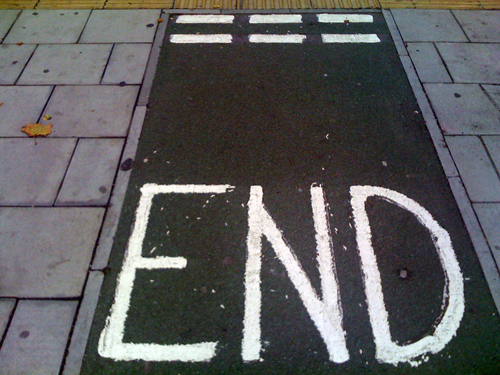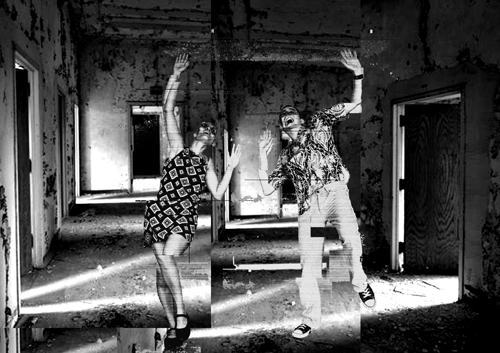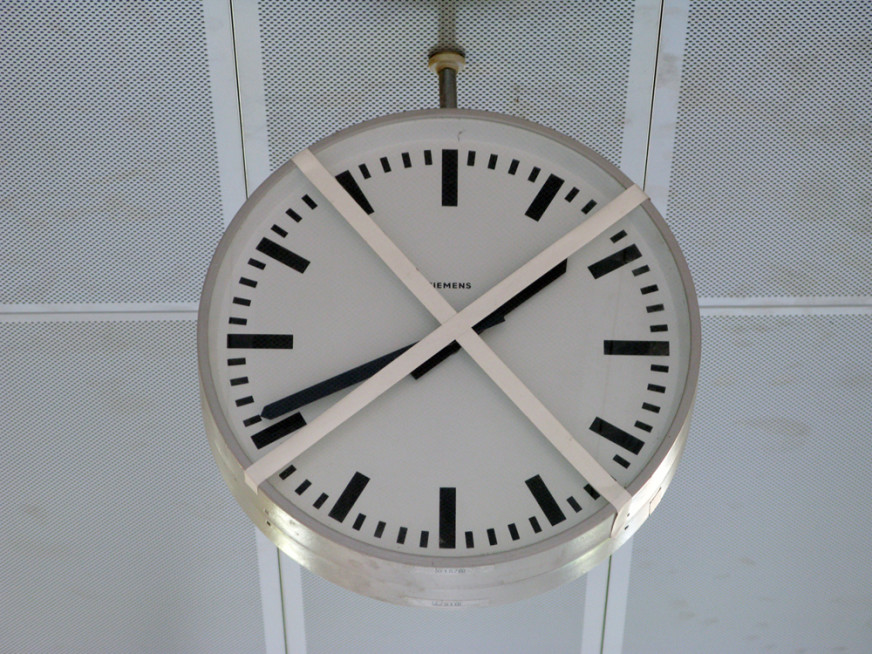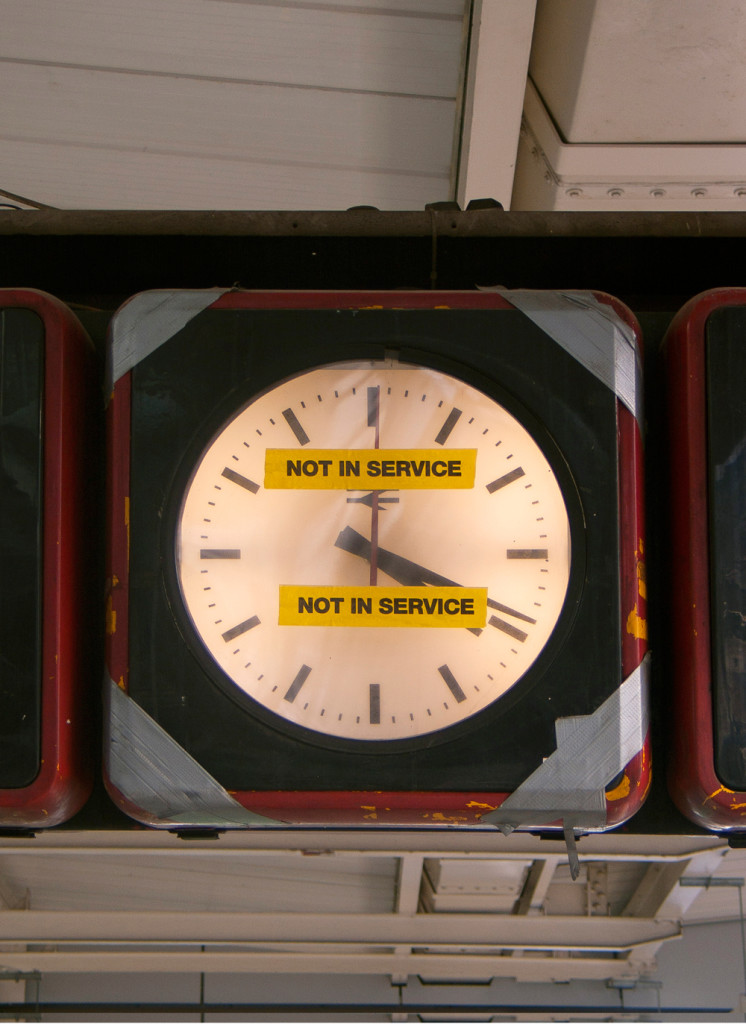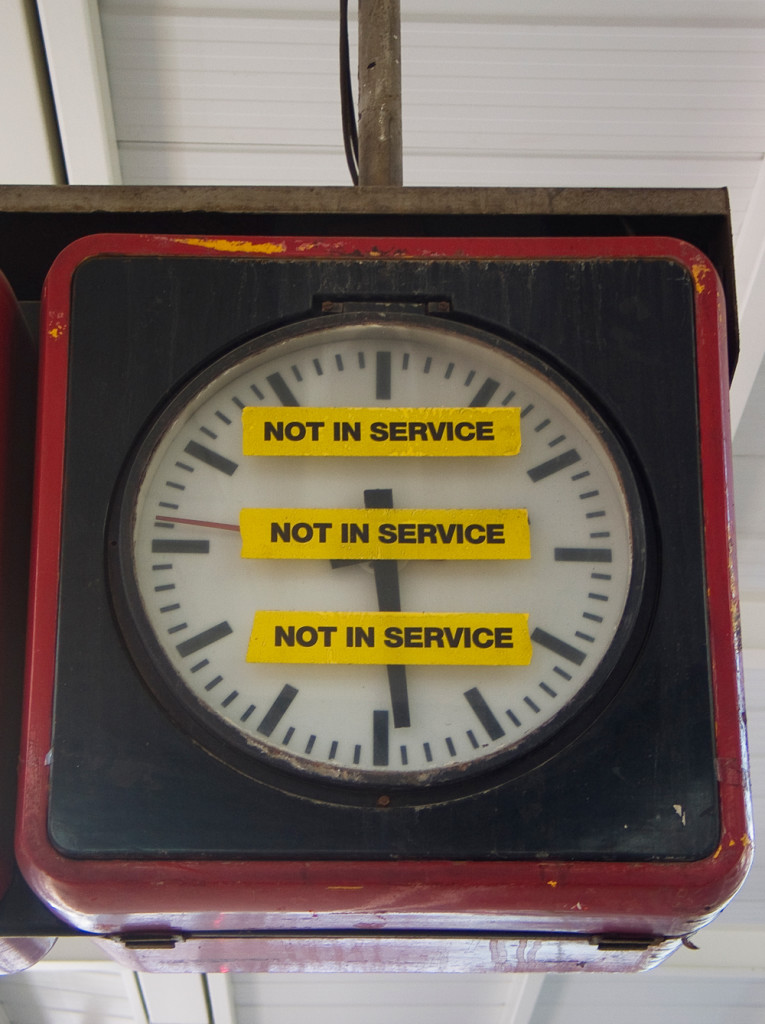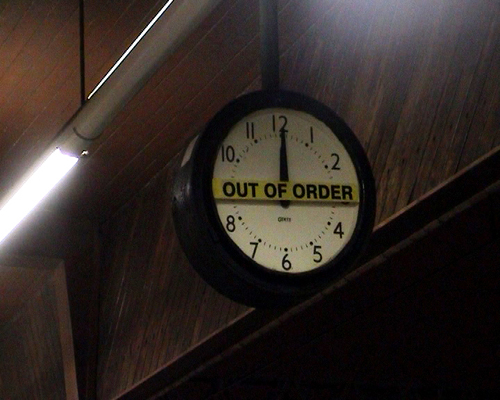The Live Art Development Agency and Tate Research have just announced that artist Anne Bean and I are the two recipients of their joint Legacy: Thinker in Residence Awards. Very exciting. The awards have been set up in recognition of the breadth of influence of Live Art practice in the UK today, and to acknowledge its achievers and achievements over the last few decades. The awards – which follow a complex shortlisting and application process – are focused around ideas of legacy, documentation and archive in the broadest interpretation of these terms and give Anne and I, in our own distinct ways, a fantastic opportunity to research the legacies of performance in art historical contexts, examining the processes and challenges of archiving live work, and looking at our own performance practice in relation to these.
Press statement with all the details below.
Three fragments from my application here, the first of them reworking a short text I wrote a while ago in another context:
Years ago Forced Entertainment rented a couple of garages on the edge of Sheffield. It was in these dank, dark and insecure places that we stored for a long time the boxes of old objects and costumes, as well as the sets and other constructions made for previous performances, and the collected raw or nearly raw materials of one kind or another (timber, furniture, steel bars, scaffolding, random ‘interesting’ items) which we thought might be of use to us in some as yet unimagined project, at some time or another in the as yet unimagined future. To each we paid occasional visits, retrieving one thing or another, searching for lost items, or for things for which we’d newly imaged a use. At a certain point the lock on one garage became so rusted that it was impossible to enter, whilst the other developed leaks in its roof, an arson attack badly damaging its doors, thieves breaking the windows, stealing some sound equipment and so on. The garages were unstable, entropic. Mostly Richard would drive up the mud track to them alone, bringing things back in the van, along with reports on the troubled status of the buildings and their much-beleaguered contents. Some newly-mildewed curtains he might bring back, or a crate of shrunken costumes, a wind machine, an overhead projector lacking a plug – stuff that we could use, skip or salvage.
The garages, I used to joke, were not so much real places as they were a state of mind – a mental space pitched perfectly between an exhausted past and an intense future set of possibilities – a psychic store of both memory and potential, the discarded and the yet to be imagined.
*
Archive to me is a dispersed accumulation of traces. Primary materials – performance objects, constructions, notebooks, papers, drawings and computer files are here and there in Sheffield. Secondary materials are here, there and everywhere. Some of it (as video recordings of performances and rehearsals) is in the British Library Live Art Collection, some of it (as photography) resides in any number of neg files and on any number of hard drives at the studio of Hugo Glendinning, yet more of it is in publications (texts, essays, more photographs) or in other people’s and institutions collections of texts, photographs and videos. None of these accumulations is remotely definitive, nor would I especially wish them to be. All bear some relation to the garages I mentioned above, where a degree of disorganization of the materials distorts and transforms the possibility of their use or comprehension. Again, so be it. Archive to me is by its nature provisional, off-centre. Remaindered from live practice it is emphatically not the thing. It is a residue, sometimes an almost accidental left-over of the work, sometimes a deliberate record, but in any case always a material that waits to be transformed as a kind of work in and of itself.
*
Perhaps two things lie at the core of my diverse artistic practice, especially regarding performance. The first is an interest in the unfolding of events in time – structuring experience and processes over time, manipulating (sculpting) time and building chains or sequences of events that work with and through time itself as a medium. I’m thinking both of dramaturgy, in the theatrical sense and in the expanded sense that comes to us via performance studies. I’m also thinking of the rather different kinds of unfolding temporal structures that backbone the durational works that I have made, witnessed or written about. The second core to performance for me are the various ways in which the form constructs presence – ‘actors’, viewers and the relations between them – and in the economies through which presence in this sense is negotiated, deployed and manipulated; a playful and always live triangulation between all those who are present, in space, and of course through time.
What I’ve begun to work with intuitively, and what I would like to explore very much further through the opportunity of Legacy: Thinker In Residence, is a set of correlations between these fundamental properties of performance and the qualities of quite different forms like the page, the photograph, and text. Through my numerous text-based projects in visual arts, through my work in fiction and through my critical writing on contemporary performance I’ve been exploring for some time the ways that text always conjures (stages) presence, and the ways that its progress on and over pages is (or parallels) a kind of temporal performative process. The page, for me at least, has something that might be considered a dramaturgical now – a moment in the process of narrative or argument, a moment, or set of moments in which the presence of reader/viewer and writer or staged subject find themselves together, in different realities but joined across space and time. This now of the page is what grips me – the present moment, this one, summoned here with this arrangement of marks/code, ink/pixels, letters and words.
**
The Live Art Development Agency and Tate Research are delighted to announce that Anne Bean and Tim Etchells are the recipients of Legacy: Thinker in Residence Awards.
The Legacy awards have been set up in recognition of the breadth of influence of Live Art practice in the UK today, and to acknowledge its achievers and achievements over the last few decades. The awards celebrate artists whose outstanding bodies of work have tested the nature and possibilities of live practices and had a demonstrable influence on the development of the Live Art field.
Live Art is often an ephemeral and fleeting experience and raises many questions about what it might leave behind. The processes of archiving Live Art and its positioning within an art historical context, pose countless challenges to the artist, the archivist, the art historian, the scholar and the audience alike. Legacy: Thinker in Residence Awards will provide Anne Bean and Tim Etchells with £30,000 each and the opportunity to undertake in-depth research periods throughout 2009 addressing the legacies of performance in art historical contexts, examining the processes and challenges of archiving live work, and looking at their own performance practice in relation to these. From this, they will translate their findings into the creation of their own legacies,that may take the form of new artworks or publications.
Following a national nomination process begun in August 2008 and involving over 50 key UK curators, writers, and thinkers, 49 artists were nominated for consideration for Legacy awards. From these, twelve of the UK’s most influential and inspiring artists were invited to submit proposals on how they would approach the idea of legacy.
The final decisions on the awards were made by a selection panel comprising: Lois Keidan and Daniel Brine (Live Art Development Agency); Nigel Llewellyn (Head of Tate Research); Lizzie Carey-Thomas (Curator Tate Britain); Vanessa Desclaux (Curator Tate Modern); Michael Morris (Director, Artangel); Stella Hall (Creative Director, Newcastle Gateshead Initiative), Claire MacDonald (Centre Director, International Centre for Fine Art Research, University of the Arts London); David A Bailey (senior curator, Autograph); and Mark Waugh (Director, A Foundation).
Legacy is a one-off initiative developed in collaboration between the Live Art Development Agency and Tate Research.
Legacy is financially assisted by Arts Council England and the Live Art Development Agency.
Anne Bean (Born 1950, Zambia. Resident in London) has undertaken numerous solo and collaborative projects worldwide, for nearly 40 years, in diverse media including performance, installation, drawing, photography, video and sound, using materials that range from fire, wind, steam and honey to laughter and breath. In early 2008 she was commissioned by the National Archives to create a permanent installation for their museum at Kew. In summer 2008 she went to Croatia, Iraq-Kurdistan and Spain where she worked with local people to develop and produce performances and installations referencing local history. In autumn 2008 she presented 4 installations for Power Plant, a part of a Liverpool City of Culture programme commissioned by the Contemporary Music Network as well as a performance for Liverpool Biennial Made-Up Weekend. In November she completed a video inspired by Darwin, commissioned by Artsadmin and DVDance supported by the Wellcome Trust and Calouste Gulbenkian Foundation. In 2007, she was the International Fellow at Franklin Furnace Archives, New York.
www.annebean.net/
Tim Etchells (Born 1962 in UK. Resident in Sheffield) is an artist and a writer. He has worked in a wide variety of contexts, notably as the leader of the world renowned performance group Forced Entertainment and in collaboration with a range of visual artists, choreographers, and photographers including Meg Stuart, Elmgreen & Dragset, Hugo Glendinning, Vlatka Horvat and many others. His work ranges from performance to video, photography, text projects, installation and fiction. He has also developed a unique voice in writing for and about performance – his monograph Certain Fragments (Forced Entertainment and Contemporary Performance), (Routledge 1999) is widely acclaimed. Etchells has also published fiction; Endland Stories (Pulp Books 1998) and The Dream Dictionary (for the Modern Dreamer) (Duck Editions, 2000) are now followed by his first novel – The Broken World – which takes the form of a guide to an imaginary computer game and was published by Heinemann in July 2008. In recent years he has exhibited work at Sketch and Butchers (both London), Netherlands Media Art Institute (Amsterdam), Sparwasser HQ (Berlin), Art Sheffield 2008, ArtFutures (Bloomberg SPACE, London), The Centre for Book Arts, Canada and Exit Art (all New York), Kunsthaus Graz and Manifesta 7 in Italy.
